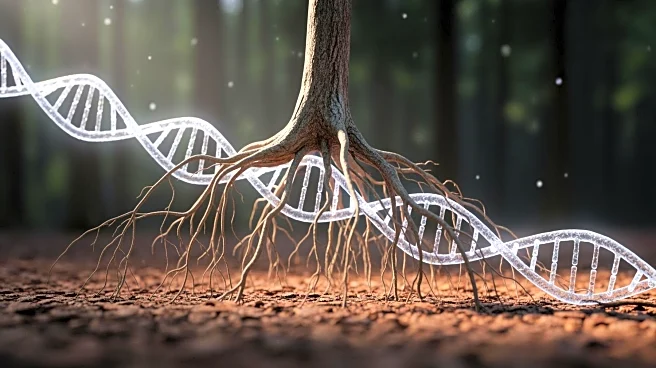What's Happening?
A study published in the Journal of Exposure Science & Environmental Epidemiology explores the link between household chemical exposure and hormone receptor positive breast cancer incidence. Researchers
analyzed dust wipe samples from homes of women who developed breast cancer and those who did not, identifying 189 chemical features with significant differences in abundance. Chemicals such as suspected endocrine disruptors were found to be more prevalent in homes of women who developed breast cancer. The study also examined self-reported exposure sources, highlighting personal care product usage as a significant factor.
Why It's Important?
This research contributes to the understanding of environmental factors influencing breast cancer risk, emphasizing the role of household chemicals. Identifying specific chemicals associated with increased risk can inform public health strategies and regulatory policies aimed at reducing exposure. The findings may lead to increased scrutiny of personal care products and household items, prompting manufacturers to reformulate products to minimize health risks. The study underscores the importance of integrating chemical analysis with behavioral data to develop comprehensive prevention strategies.
Beyond the Headlines
The study raises ethical and regulatory questions about consumer safety and the responsibility of manufacturers to ensure product safety. It highlights the need for increased transparency in ingredient labeling and the potential for policy changes to address chemical exposure risks. The research may influence cultural attitudes towards personal care product usage and environmental health, encouraging consumers to adopt safer practices.











